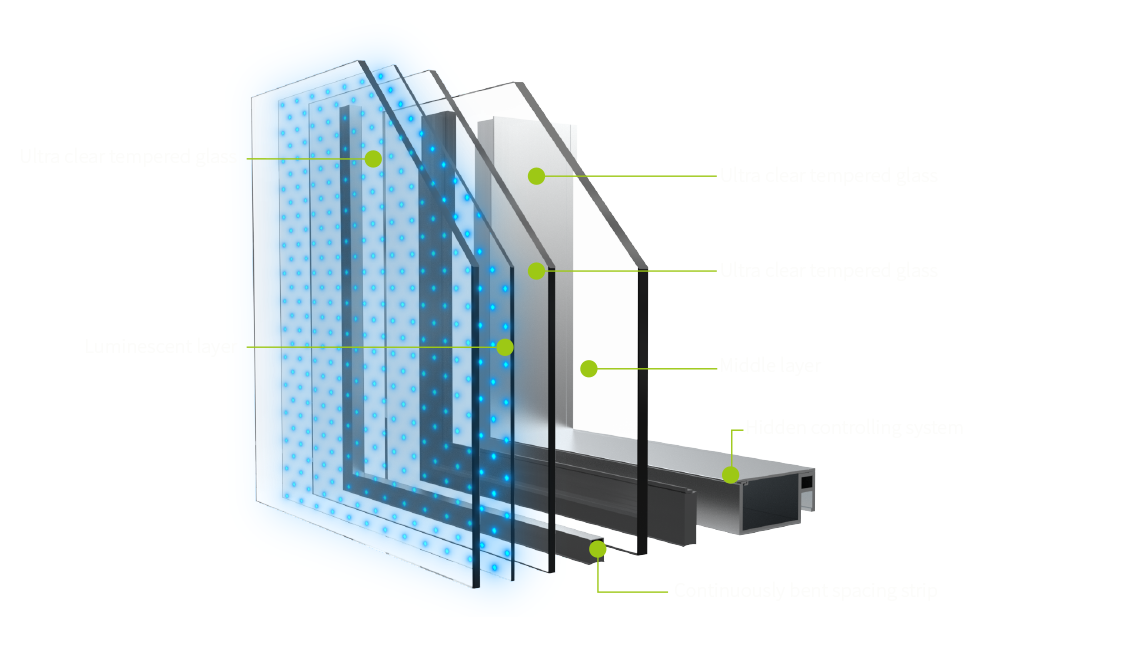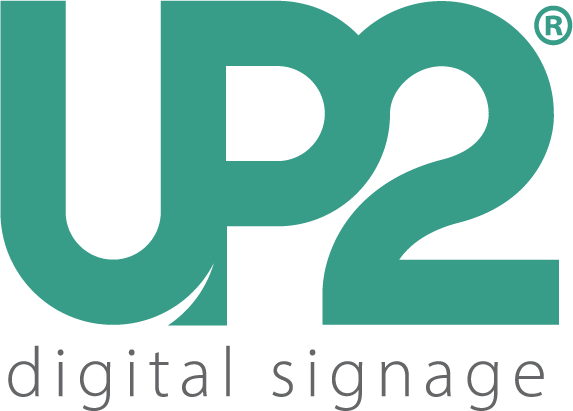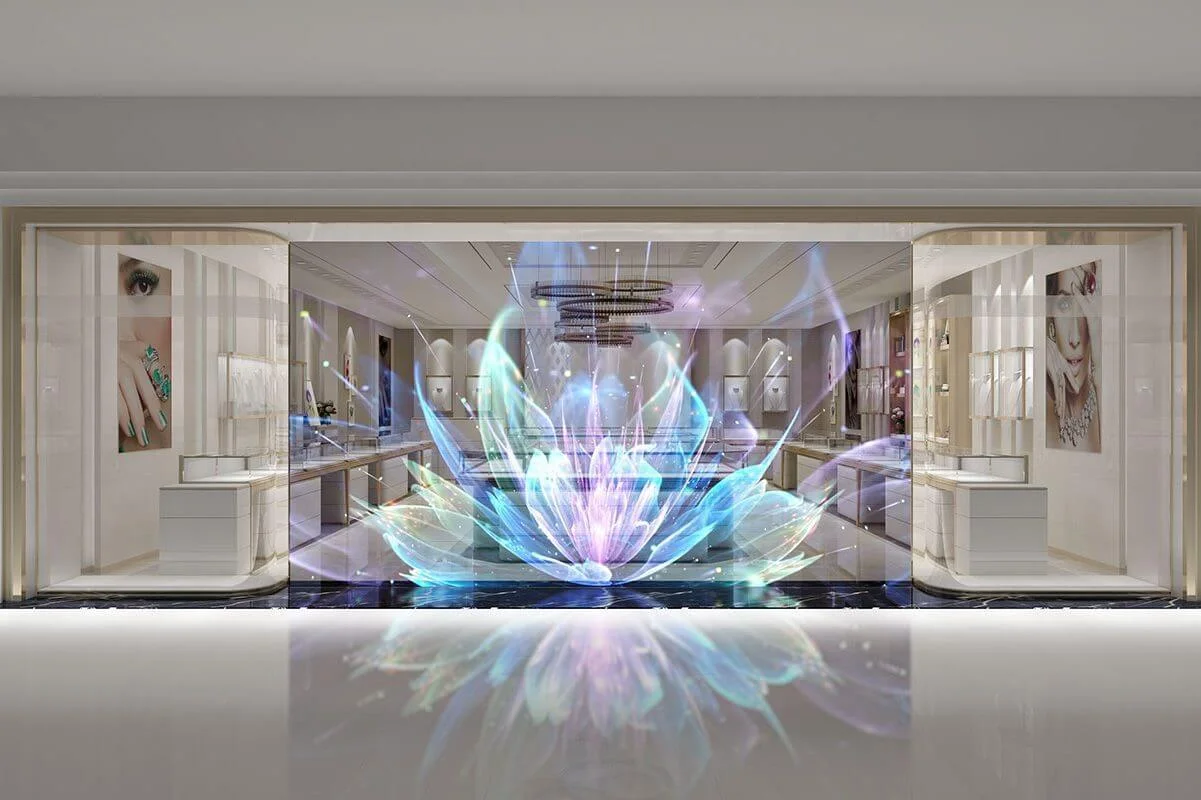Introduction
Transparent LED technology is changing the way businesses and architects think about displays. Instead of heavy, solid walls, these solutions allow digital content to appear on glass, windows, and building facades while keeping light and visibility.

But not all transparent LEDs are the same. Today, there are four main types of transparent LED displays:
- Mesh LED
- Flexible LED Foil
- Hologram LED Film
- LED Embedded in Double Glass
Let’s break down each type, their benefits, and where they are used.
1. Mesh LED

What it is:
- Mesh LED is made of thin LED strips with gaps between them.
- It is usually installed on building facades and large glass surfaces.
Advantages:
- High brightness, visible even in direct sunlight.
- Strong and weatherproof for outdoor use.
- Lightweight compared to traditional LED walls.
Where it’s used:
- Skyscrapers and building facades.
- Stadiums and outdoor event venues.
- Large-scale architectural media displays.
2. Flexible LED Foil

What it is:
- A thin, flexible LED screen that can be cut and shaped.
- It is transparent and lightweight, almost like a film.
Advantages:
- Can bend around curved glass and creative shapes.
- Very light and easy to install directly on existing surfaces.
- Good transparency (70–90%).
Where it’s used:
- Car showrooms and retail shop windows.
- Creative installations in museums and exhibitions.
- Glass elevators and curved surfaces.
3. Hologram LED Film

What it is:
- A thin, flexible LED screen that can be cut and shaped.
- It is transparent and lightweight, almost like a film.
Advantages:
- Can bend around curved glass and creative shapes.
- Very light and easy to install directly on existing surfaces.
- Good transparency (70–90%).
Where it’s used:
- Car showrooms and retail shop windows.
- Creative installations in museums and exhibitions.
- Glass elevators and curved surfaces.
4. LED Embedded in Double Glass

What it is:
- LED modules are built inside laminated double-glass panels during manufacturing.
- The LED becomes part of the glass structure itself..
Advantages:
- Strongest and most durable option.
- Perfect transparency with no extra structure.
- Long lifespan, fully weatherproof, and safe.
- Ideal for permanent architectural projects.
Where it’s used:
- Airports and transportation hubs.
- Modern skyscrapers.
- Premium architectural projects.

